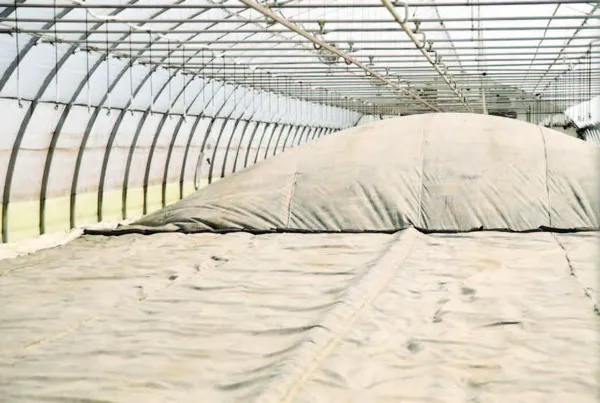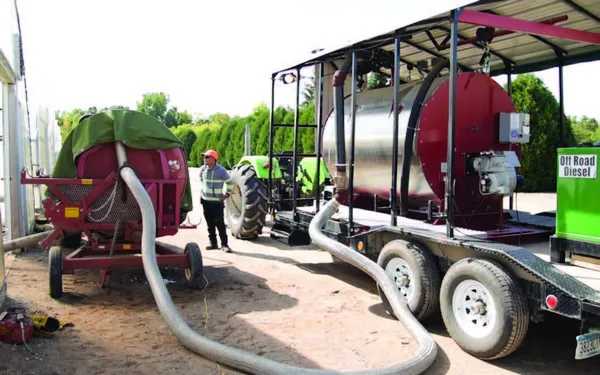22 acres of sand beds requiring sanitation between rotating crops, and a shrinking list of available chemicals was a looming issue the growers at the propagation farm in Cottage Grove, Minnesota were challenged with addressing. Should they continue to rely on chemicals that were highly regulated, with a diminishing supply, and time and labor restrictions? The decision was no – too costly and risky as a long-term plan. So, they started reviewing their possible solutions.

Solarization was an option. Anyone who’s ever been in a greenhouse on a sunny day, even when it is cold outside knows how warm it can get. But alas, the weather in Minnesota isn’t conducive with too many cloudy days to be consistently effective.
Sometimes the key to innovation is taking a look at what worked in the past. Steam sterilization was a tried and true method, but could the growers make the process more efficient than how they had done it in the past? After reviewing the machinery that was commercially available, they decided to partner with the fabricators on staff to create a custom system to fit Bailey’s needs. The results were simple yet innovative. A Big Souix boiler is mounted on one trailer, while another trailer houses the massive insulated hose, and both can be towed by a large truck or tractor. Some think it resembles a train.

The system allows a small crew to completely sterilize a 250ft bay in a single day and that includes prep and removal of the steam blankets. With no delay waiting for chemicals to dissipate, planting crews can get to work as soon as the sand cools and the plant health team is onto the next area.
For more information: Bailey
Bailey
www.baileynurseries.com
